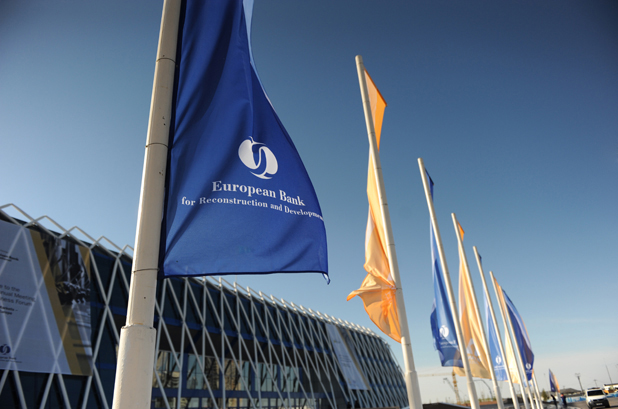Mohammed Ismail, general supervisor of the Permanent Committee of Antiquities and Foreign Missions Affairs, said that the total number of active missions in Egypt since the beginning of the excavation works carried out under the supervision of the state amounts to 206 so far. The missions are practicing their work across various archaeological locations throughout the governorates of the republic.
He added that most of the foreign missions operating in Egypt are coming from France—the most interested country in the Pharaonic civilisation and archaeological discoveries in Egypt—followed by the German, British, and American missions.
The archaeological missions to Egypt included German, Russian, Argentine, Italian, Czech, American, Dutch, Polish, and British representatives.
He explained that the work of the foreign missions in Egypt is being conducted in accordance with agreements between the expatriate mission and the Ministry of Antiquities. Each mission allocates specific funds that range between €10,000 to €100,000 or a similar amount in dollars according to the period of time spent at each site—which could range between two weeks and a few months, and sometimes it may extend to years of research and discoveries.
The Ministry of Antiquities stipulates that each mission must train two young cadres in the ministry, and a further two inspectors to accompany them—in addition to finishing all restoration works necessary for the discovered pieces at all sites.
He pointed out that the cooperation with foreign missions provides the Egyptian side with financing for excavations and discoveries in exchange for granting the exclusive right of the scientific publishing for five years. Furthermore, the ministry benefits by getting to keep the discovered artefacts and by receiving training for its staff.
Ayman Al-Ashmawy, specialist for excavations at the Ministry of Antiquities, said that the foreign missions operating in Egypt are required to finance all excavations and discoveries since 2012 and in turn benefit from the right of scientific publishing and conducting archaeological lecturing.
Al-Ashmawy said that the foreign missions benefit greatly from exploring sites of Egyptian antiquities in exchange for funding the excavations themselves, which is considered a great deal, since the money spent on the discovery works is not much compared to the experience they gain through the field work and the exclusive scientific publishing rights.
He furthermore stated that the Egyptian side’s benefits include keeping the discovered artefacts, no matter whether they choose to display them in Egyptian museums or store them in warehouses, as well as exchanging expertise and training of cadres of Egyptian archaeologists.
He added that foreign missions funded all excavation works over the past years, due to the decline of income of the Ministry of Antiquities and the downswing in tourism.
He revealed that the money spent by the missions may exceed EGP 1m per season—a month and a half— and includes spending on equipment used in excavations, labour wages including “tipping,” and the cost of restoration and raw materials.
He explained that the Ministry of Antiquities previously used to finance excavations and archaeological discoveries according to the protocols and cooperation agreements between the countries.
Khaled Abou El Ela, manager of the archaeological area in Matariya, agreed regarding the benefits for the foreign missions that include financing all the discoveries and archaeological excavations over the past years in exchange for the exclusive scientific publishing of each discovery for the benefit of each mission.
In a similar context, Abou El Ela said that the excavation works in the Souk El-Khamis area, will be continued in order to find the rest of the Ramses II statue parts and that the Egyptian team will continue the excavation works after the German mission ends its works.
The German mission will finish its work by the beginning of April, since the mission works for two seasons each year: the first between February and mid-April and the second between August and mid-September.




